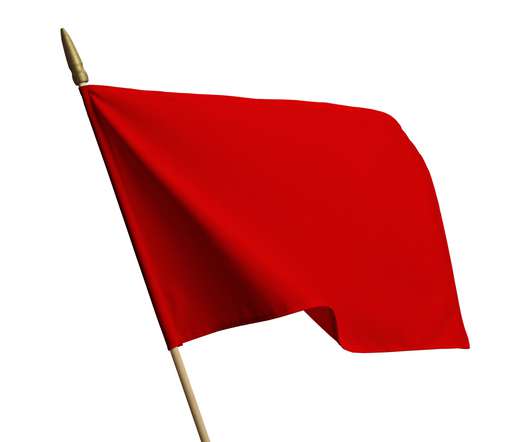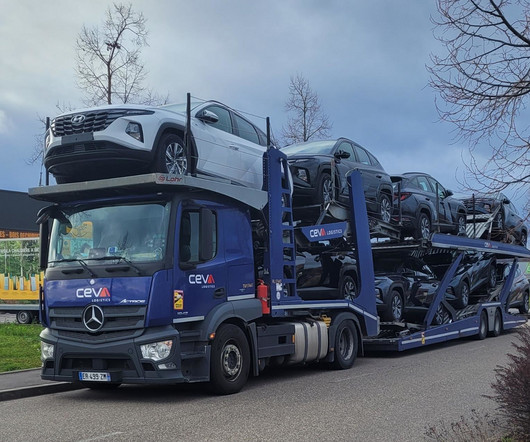We Are In Trouble. Raise the Red Flag. Be Proactive.
Supply Chain Shaman
JULY 15, 2021
containers are received rom China for every container shipped. In Africa, where 38% of food is imported, the issues in global shipping will compound the unrest. Consumer goods manufacturers will pay 60-70% more in retail deductions, and the retail struggle to source for the holidays will worsen. The Harsh Reality.
















Let's personalize your content